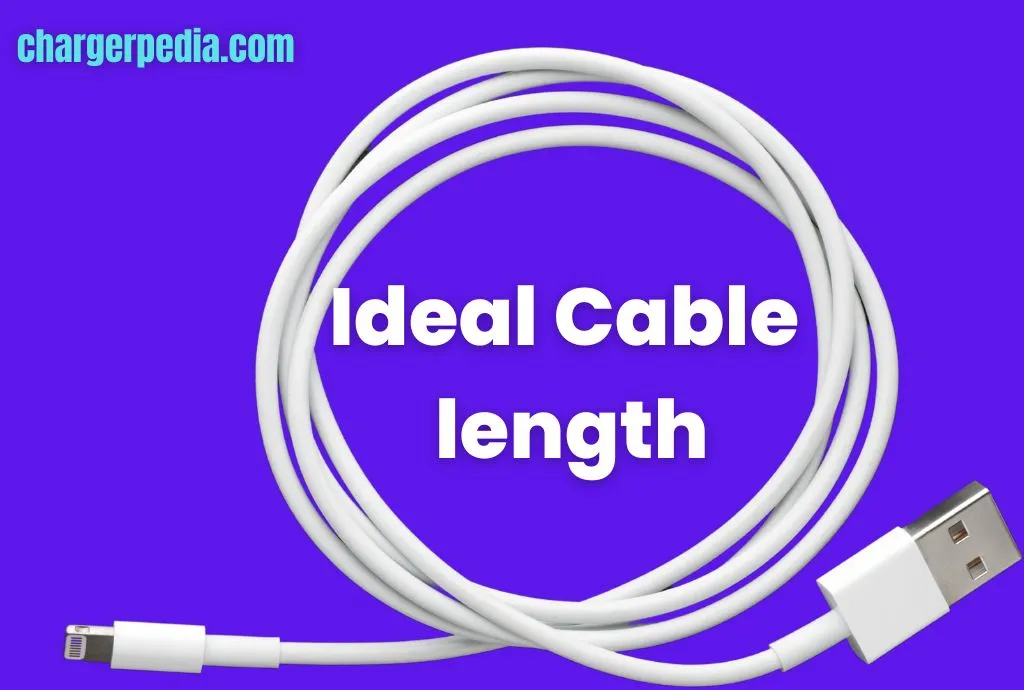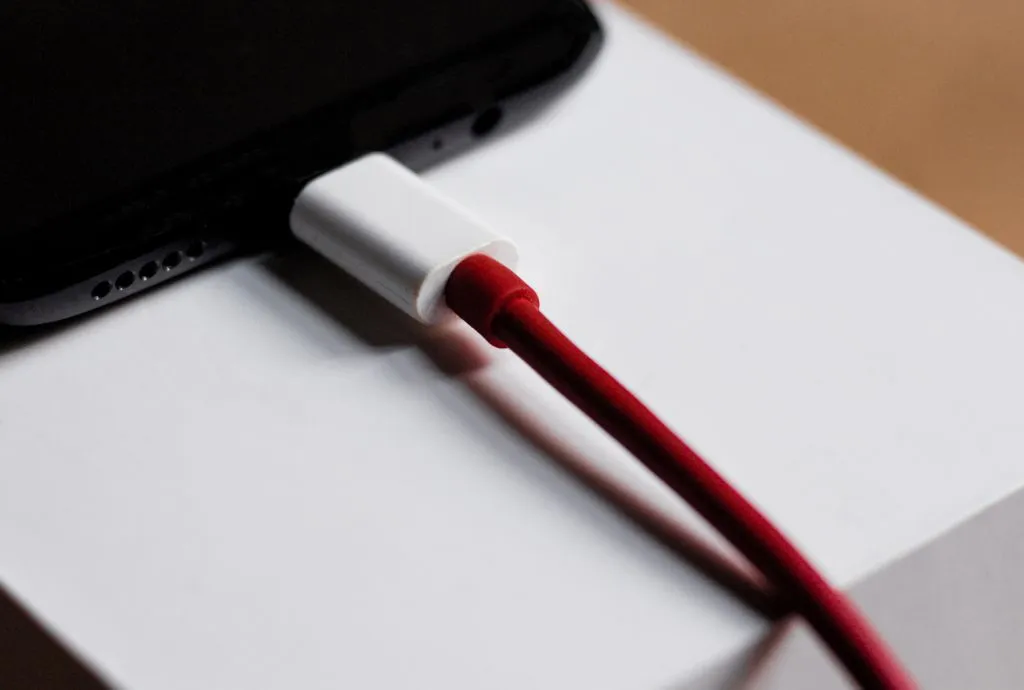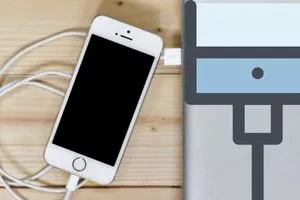
When charging our devices, we often take cable length for granted. However, the length of the charger cable can have a significant impact on the overall charging experience.
Long cables can be a tripping hazard and tangle, while short cables may not provide enough flexibility for comfortable use.
So, what is the ideal length of charger cables? And how does cable length affect charging speed and device performance?
The ideal length of the charging cable is 3 feet/1 meter to 6 feet / 2 meters. The cable length can be increased or decreased as per user and also depends on the distance of the devices to the power sources.
The cable length cannot be increased or decreased by the individual. For that, you need to buy a new cable. For this post, I had to research a lot about write and also needed to go thru my science book to provide some in-depth information.
Let’s check out how the length of the charger cable affects the charging speed.
Looking For A Charger Cable
Table of Contents
Does cable length affect charging speed?
In school and college, there was a chapter about resistance. And if you have a question in your mind whether the length of a cable affects the charging speed, then according to what I have learned and science, yes, with an increase in the length of the wire, the resistance also increases due to which the current flow is obstructed.
But charging wires are mostly available up to 5 meters, and you will hardly feel any difference in the charging speed. Similarly, you won’t feel that much difference when you use short wires that come out of the box with the phones and other devices using them.
In laptops, too, we get wire lengths up to 3 meters long. And I have used extension wires outdoors to charge my laptops by extending the wires up to 5 meters long, and I didn’t feel any difference.
Read: Why Do Cables Get Stiff(Taut) During Winters?
Does charger cable length matter while charging?

This is hypothetical, but we can only use up to 3-5 feet long charging cable as a person. Using more than can only be done when the situation is normal near us. However, I mentioned above that the longer the cable will be, the more time it will take the device to get charged due to resistivity.
But this difference would generally be negligible for most consumer devices and cables. The important thing is that the cable should be in good condition and adequately rated for the device you are charging. However, some physical problems might be caused by using a charging wire.
Read –8 Types Of Phone Chargers/Cables That You May Not Know About!
Pros and cons of using short charging cables (30 cm – 1 foot).
Pros
- Portability: Short charging cables are lightweight, making them easy to carry around and use.
- Space-saving: Take up less space than longer ones, which can be helpful in tight spaces or when traveling.
- Simplicity: Simple, easy to use, and require no additional accessories.
Cons
- Limited distance: You may not reach outlets farther away using these, which can be a problem if you want to charge your device in a different room or location. Also, this can stress the device’s charging port and wire, which can cause damage with time.
- Fragility: Short charging wires are more likely to be bent or damaged than longer ones, leading to fraying or breaking of the wires.
- Limited versatility: short charging wires can only be used for charging devices, and most of the short wires come with power banks and trimmers and cannot be used for data transfer.
Pros and cons of using long charging cables (3 – 15 feet).

Pros
- Convenience: Long charging wires allow you to use your device while charging, even if the outlet or power source is far away. Also, these cables can do multiple things, such as data transfer and device charging simultaneously.
- Flexibility: These wires give you more options for where you can charge your device, which can be especially useful when traveling or when you’re on the go.
- Durability: Many long charging wires are made with high-quality materials built to last, such as braided cable materials.
Cons
- Portability: Long charging wires can be bulkier and harder to pack, which can be problematic if you’re trying to travel light. These wires can be more prone to tangling, which can be frustrating and time-consuming to untangle.
- Safety: Long charging wires can be a tripping hazard, especially in areas with a lot of foot traffic.
What is the average length of charging cables?
All charging devices come with a cable. Some have an adapter and transformer to maintain and convert the electricity.
| Type of device | Length of the charger wire. |
|---|---|
| Smartphone | 3 feets |
| Tablet | 3 feets |
| Bluetooth speaker | 3-5 feets |
| Bluetooth headphones | 3o cm. |
| Laptops | 5 feet. |
| Type of cable | Length of the charger wire. |
|---|---|
| USB C | 3 – 5 feets |
| Micro USB | 2- 15 feets |
| Lighting cable | 3 – 4 feets |
Is it possible to increase the length of the charging cables?

We can only increase the charging cable length by adding an extension switch or using male-to-female wires. Besides, it’s pretty challenging for an individual to cut the USB wires or charging cables and join them. That could be the most stupid thing one can ever do.
Using extension wires, I have so far increased the length of my laptop’s charging cable up to 10 meters as I was in one of my relative’s houses, so I had to stay in another room because all the ports were occupied for charging the smartphone. So I used a 5-meter extension board.
FAQ about Charger Cable Length
How long is the charger cable that we get with smartphones?
Most phone providers, such as Samsung, Apple, and Mi, provide charger cable lengths between 0.3-0.5 meter cable with smartphones.



